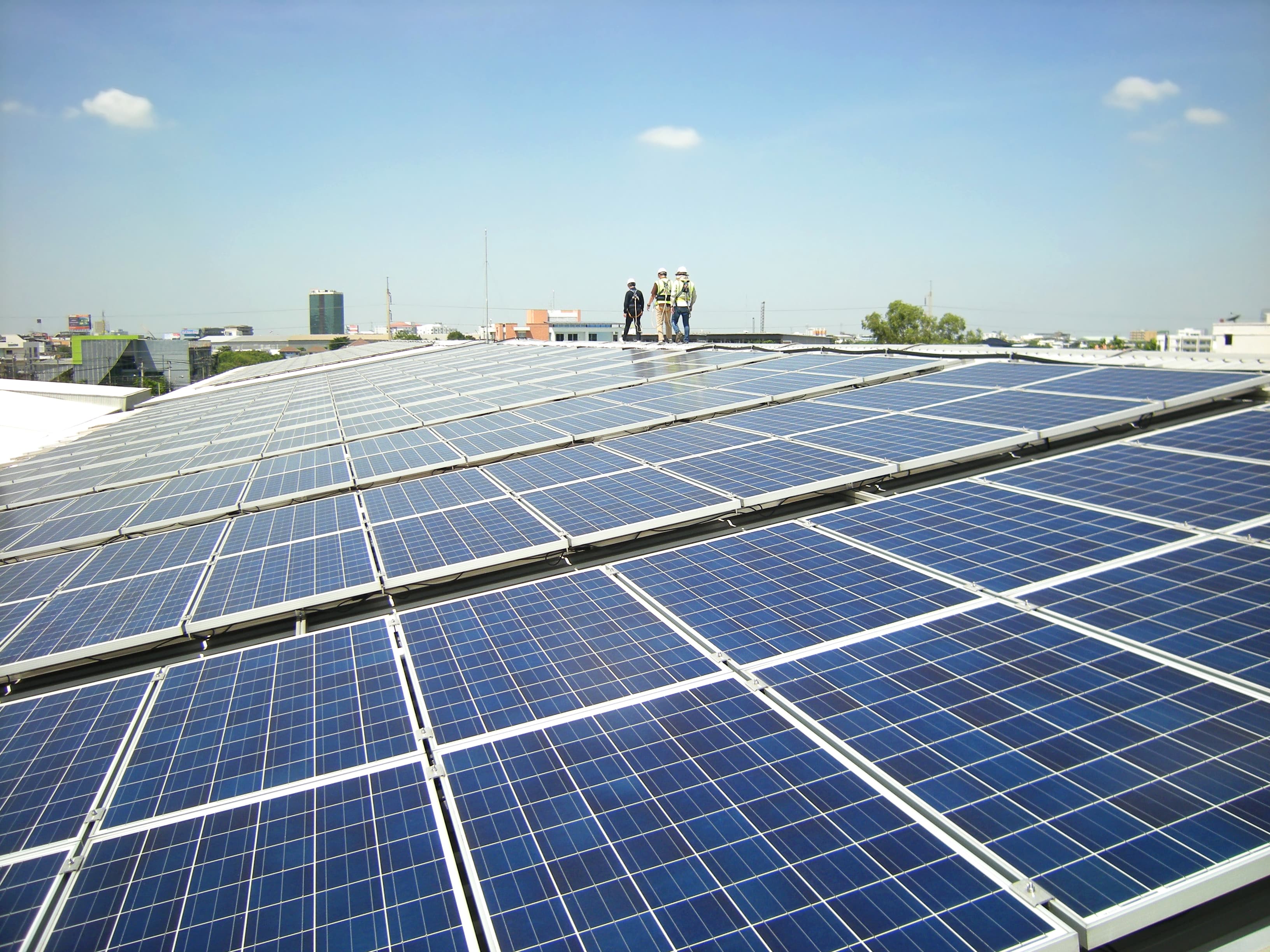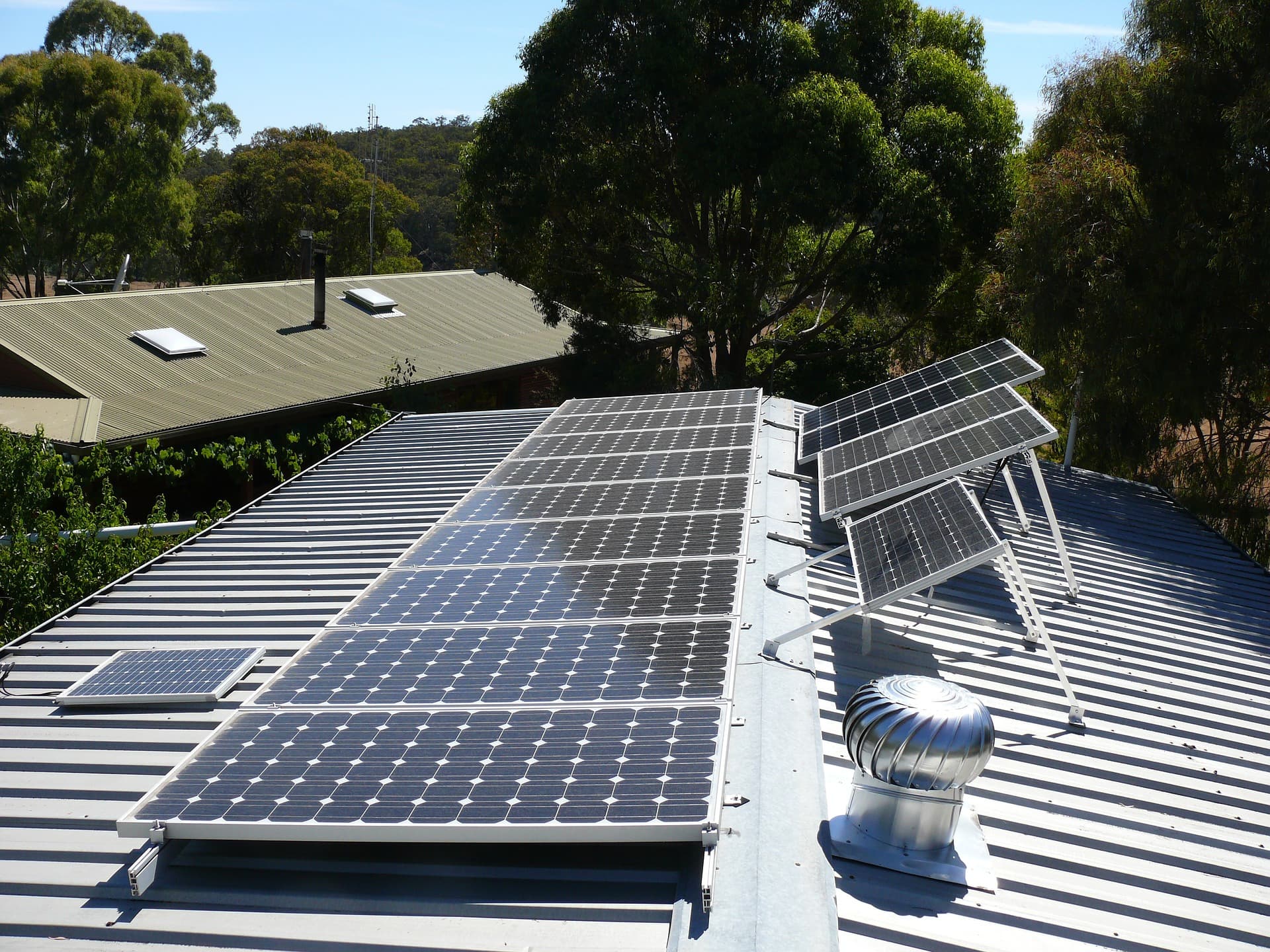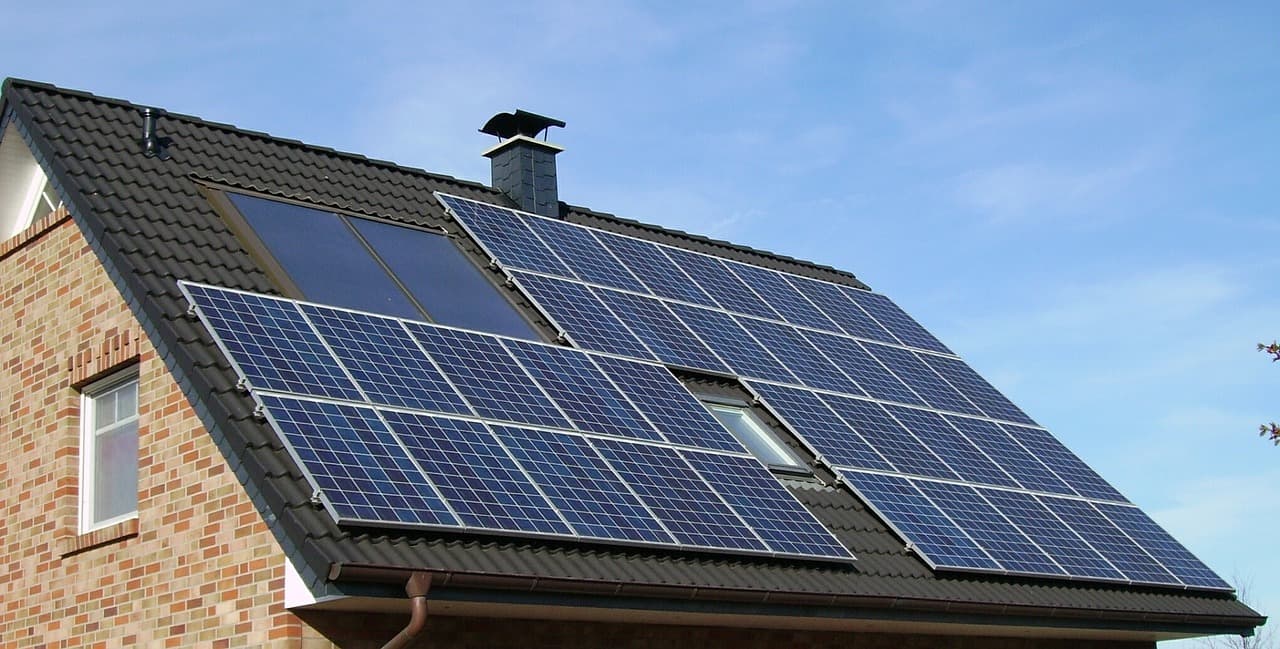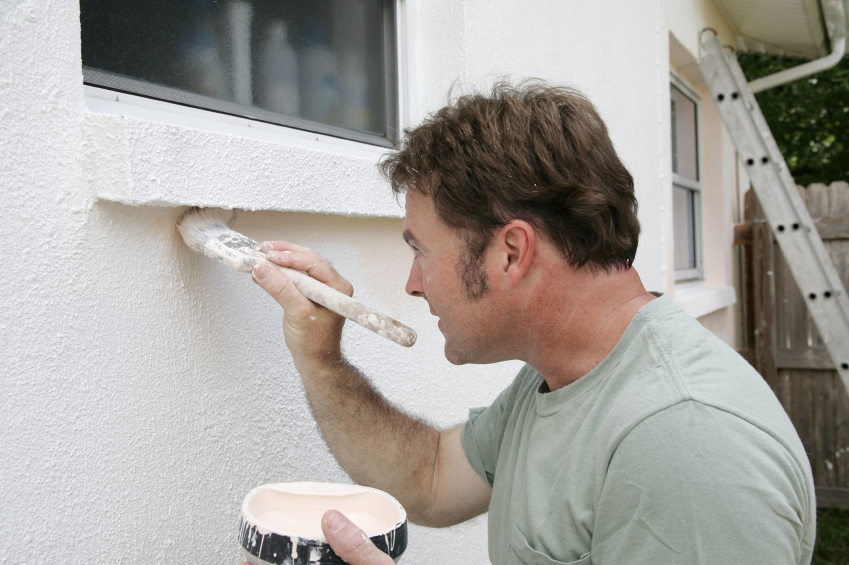Green Grow is an innovative new business that has developed sustainable techniques for growing mushrooms on used coffee grounds and whisky grains, which are then used to produce ready-to-cook meals. We caught up with Business Development Manager Dr Isabella Guerrini de Claire (pictured with Director Iain Findlay) to find out more about the project and how mushrooms can play a key role in creating a more eco-friendly future…
You grow mushrooms using coffee and whisky grains. How did the idea for this come about?
The idea is originally from the Blue Economy work of Gunter Pauli but in our case, we wanted a showcase to help companies understand the principles of the circular economy which we mentor start-ups in, and promote to other organisations, both private and public. Re-using bio-resources like coffee and grains is a necessary step to make better use of resources without depleting natural systems. The mushrooms grown on coffee seems to be an effective way to demonstrate these principles so that people quickly grasp the idea more generally. I was cycling past a distillery one day and just watched as all that heat went to waste. I thought it would be a perfect match-up and we approached the distillery who were happy to let us try.
What are the techniques you use to grow the mushrooms and what are the advantages of growing them this way?
We use fairly standard mushroom growing techniques but have adapted some parts. For example, we’re re-using captured waste heat from a distillery as well as growing on the grains. The low grade heat in the water is normally allowed to disipate into the atmosphere before the water is released into the environment. We re-channeled the water into shipping containers to create the necessary warmth and humidity to make the mushrooms grow. The advantages are that we save on fossil fuels and make better use of the used bio-resources to create at least two more products, mushrooms and mushroom compost.
We collect sawdust from a local sawmill to use as a fuel source. We also re-use plastic containers thrown out by a local bakery as our growing containers. These can be re-used multiple times, rather than the single use plastic bags that are used in oyster mushroom production. Our new system uses some pretty fancy engineering to create good growing conditions and we can control this remotely using feedback from the system. And finally, the ready-to-cook meals are plant based so that encourages people to eat a healthy diet. The mushroom compost is then added to the soil to re-build natural capital, a prime goal of the Circular Economy.
Does the growing medium affect the flavour of the mushrooms?
Ha. If only that were true. No, the mushrooms digest the lignin in the growing medium and all they taste of is really lovely mushrooms.
What type of mushrooms do you grow?
We grow oyster mushrooms on the bio-resources. Mushrooms inhabit an enormous variety of niches in nature as decomposers and are adapted to those materials only. We will likely start to grow other kinds, but on the coffee and distillery/brewery grains we stick to grey oysters.
Where do you get your whisky grains from?
We get them from a Speyside distillery. We have signed a non-disclosure agreement and can’t tell you their name. We also use coffee grounds collected from a local Costa cafe, but also sawdust from a local sawmill at Logie Estates near Forres, who power their machhinery using renewable energy sources.
Where do your mushrooms get used?
We are using them to add to our vegan ready-to-cook meals, but we also sell some locally through a vegetable box scheme.
You’ve launched a crowdfunding campaign. How can people get involved in the business?
Yes, the crowd-funding campaign is aimed at helping us to understand potential customers but also to fund raise for the equipment we need to develop some of the really interesting aspects of mushrooms. We want to use the roots, the mycelium, to develop bio-degradeable packaging for our products – mushroom meals wrapped in their own roots. People can visit our website www.greengrowfoods.shop.
They can also follow us on twitter @GreenGrowFood or on Facebook for updates and fascinating fungi facts. We need to get access to some machinery and also fund the R and D. Most perople are now aware of the danger we are in because of plastic packaging. Mushroom based technology can play a part in develping alternatives that are bio-degradeable, compostable and even nutritious if a passing turtle or fish comes across a piece.
How do you see your business developing over the next few years and are there any plans to try other sustainable growing mediums?
We want to expand the number of people growing mushrooms using our system. They can then sell the product themselves or sell them back to us for inclusion in the ready-to-cook meal boxes. This allows them to focus on growing the mushrooms without having to put in lots of effort to sell them. Our system, developed with a renewable energy company, allows for the growing conditions to be monitored and controlled making it easier for people to be successful, but it also allows for product traceability which is important for some of the higher end applications we want to explore, like medicines and packaging materials. We are working with some very cool groups in Belgium, including a PhD, to develop the mycelium packaging. If we can do it for ourselves, then we can develop transformative solutions for other companies who need eco-friendly packaging.
We’re looking into other sustainable growing mediums but need to focus on what we know works for the moment. There are a lot of grains and coffee out there that can be re-valorised and turned into healthy food, exceptional soil conditioner or new packaging materials.
Finally, can you recommend a mushroom-based dish and a whisky to have with it.
I would have to go with our mushroom lentil meal. The lentils are grown at 1,000m in Italian co-operative farms and are really delicious. If I was drinking whisky with that meal I would probably have to go with a Bowmore 12 year old. And yes, I would add a wee dash of water too.
For more information on Green Grow visit their website at www.greengrow.club
You can donate to Green Grow (and receive mushroom meal boxes as a reward) on their crowdfunding page at www.crowdfunder.co.uk/green-grow
The post Interview: the company growing mushrooms on used coffee grounds and whisky grains appeared first on Two Thirsty Gardeners.
from Two Thirsty Gardeners http://twothirstygardeners.co.uk/2019/02/green-growing-mushrooms-on-used-coffee-grounds-whisky-grains/







